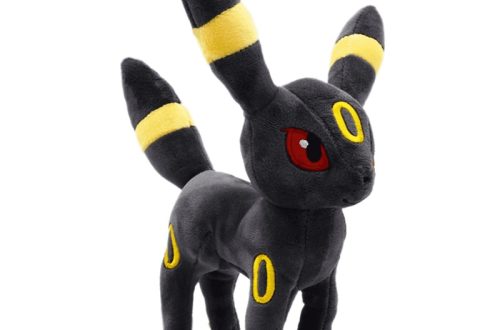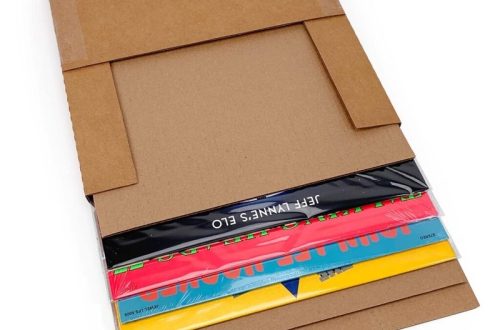Part 1: Sustainable Materials
When it comes to eco-friendly toy making, the choice of materials is crucial. Using sustainable materials not only reduces the environmental impact of the toys but also sets a positive example for children. Here are two creative ideas for using sustainable materials in toy making:
1. Upcycled Materials:
Creating eco-friendly toys through upcycling is a fantastic idea. By repurposing items that would otherwise go to waste, such as old t-shirts, cardboard boxes, and tin cans, you can transform them into new and imaginative toys. This not only reduces waste but also adds a unique and creative touch to the toys, making them one-of-a-kind. Whether it’s creating fabric dolls from old t-shirts, turning cardboard boxes into dollhouses, or making musical instruments from tin cans, upcycling helps to contribute to a more sustainable and environmentally-friendly approach to toy making. It also provides an opportunity to teach children about the importance of reusing materials and the endless possibilities of creativity. Upcycling materials for toy making is a win-win situation that benefits both the environment and the imagination.

2. Plant-based Plastics:
Another innovative idea for eco-friendly toy making is to use plant-based plastics. Traditional plastics are derived from non-renewable resources and are known for their harmful environmental impact. Plant-based plastics, on the other hand, are made from renewable resources such as corn, sugarcane, and algae. These materials are biodegradable and do not contribute to the accumulation of plastic waste in the environment. Using plant-based plastics in toy making allows for the creation of durable and safe toys without the environmental drawbacks of traditional plastics.
Part 2: Renewable Energy Powered Toys
In addition to using sustainable materials, incorporating renewable energy into toy making is another way to promote eco-friendliness. Renewable energy powered toys not only provide an engaging play experience but also educate children about the importance of sustainable energy sources. Here are two creative ideas for renewable energy powered toys:
1. Solar-Powered Vehicles:
One creative idea for renewable energy powered toys is to create solar-powered vehicles. These toys can range from simple solar cars to more complex models such as solar-powered remote-control cars and trucks. By harnessing the power of the sun, these toys demonstrate the potential of solar energy as a clean and renewable source of power. Children can learn about solar energy while enjoying the fun of racing and playing with their solar-powered vehicles.
2. Wind-Powered Toys:
Designing wind-powered toys is an innovative approach to introducing children to the concept of renewable energy. These toys, whether in the form of windmills, turbines, or flying objects, are propelled by the force of the wind. By engaging in play with wind-powered toys, children can gain a better understanding of the benefits of harnessing wind power for electricity generation. This hands-on exploration of wind energy not only provides an entertaining play experience but also serves as an educational tool, fostering curiosity and awareness about renewable energy sources and their potential applications. Wind-powered toys offer an interactive way for children to learn about sustainable energy and environmental conservation while inspiring a deeper appreciation for the natural forces that can be harnessed for a greener future.

Part 3: DIY Craft Kits
Encouraging children to engage in do-it-yourself (DIY) toy making not only fosters creativity and resourcefulness but also promotes sustainability. DIY craft kits allow children to create their own toys from eco-friendly materials while learning valuable skills. Here are two creative ideas for DIY craft kits:
1. Recycled Craft Kits:
DIY craft kits that encourage children to make toys from recycled items offer a creative and educational way to promote environmental awareness and sustainability. These kits can include materials and instructions for making a variety of toys from discarded items, such as turning used milk cartons into bird feeders, repurposing old containers into planters, and constructing toys from cardboard and paper.
By providing children with the resources and guidance to transform waste materials into something useful and fun, recycled craft kits empower them to think critically about repurposing and reducing waste. Through these activities, children can learn about the importance of recycling and upcycling to minimize environmental impact and contribute to a more sustainable future.
Moreover, engaging in the process of creating toys from recycled materials can spark creativity and imagination in children. It encourages them to think outside the box and find innovative uses for discarded items while developing their artistic and problem-solving skills. Additionally, participating in these activities fosters a sense of responsibility and stewardship toward the environment, instilling valuable lessons about waste reduction and resourcefulness.
Recycled craft kits not only provide an opportunity for hands-on, educational experiences but also serve as a meaningful way to engage children in eco-friendly practices. By encouraging them to transform waste into something valuable, these kits promote a sense of environmental consciousness and inspire creativity in an impactful and sustainable manner. Ultimately, they play a crucial role in shaping environmentally conscious and resourceful individuals who understand the significance of repurposing materials for a greener planet.
2. Natural Materials Craft Kits:
Another innovative idea for DIY craft kits is to offer materials for making toys from natural and biodegradable resources. This can involve crafting toys from wood, bamboo, cotton, and other eco-friendly materials. Children can learn about the beauty and sustainability of natural materials while engaging in hands-on crafting activities. Natural materials craft kits provide an opportunity for children to connect with nature and develop a greater appreciation for the environment.

Part 4: Educational Nature-Based Toys
Nature-based toys provide a wonderful opportunity for children to engage with the natural world and gain a deeper understanding of its importance. Educational nature-based toys not only inspire a love for nature but also instill a sense of environmental stewardship. Here are two creative ideas for educational nature-based toys:
1. Botanical Learning Kits:
Creating botanical learning kits is an innovative approach to providing children with a hands-on exploration of the natural world. These kits could include seeds, soil, plant pots, and educational materials that teach children about the life cycle of plants, photosynthesis, and the importance of greenery in the ecosystem. By growing their own plants and observing the natural processes of growth, children can develop a greater appreciation for the role of plants in the environment. This tactile experience also fosters a deeper understanding of the interconnectedness of living organisms and their reliance on plants for oxygen and sustenance. Additionally, botanical learning kits offer a comprehensive way to integrate science, nature, and sustainability into a single educational activity, empowering children to engage with the natural world and learn about the vital importance of plant life in a hands-on and immersive manner.
2. Wildlife Discovery Sets:
Another innovative idea for nature-based toys is to design wildlife discovery sets that encourage children to learn about animals and their habitats. These sets can include figurines of various wildlife species, along with accompanying educational resources. Children can use these sets to engage in imaginative play, learn about different animal species, and develop empathy for wildlife. Wildlife discovery sets provide a hands-on way for children to connect with the natural world and understand the importance of conservation.
In conclusion, eco-friendly toy making offers a wealth of creative opportunities to promote sustainability, renewable energy, DIY crafting, and nature-based education. By incorporating sustainable materials, renewable energy, DIY craft kits, and educational nature-based toys, toy makers can inspire children to develop a deeper understanding of environmental responsibility and a greater appreciation for the natural world. These creative ideas pave the way for innovative, engaging, and eco-friendly toys that benefit both children and the planet.





